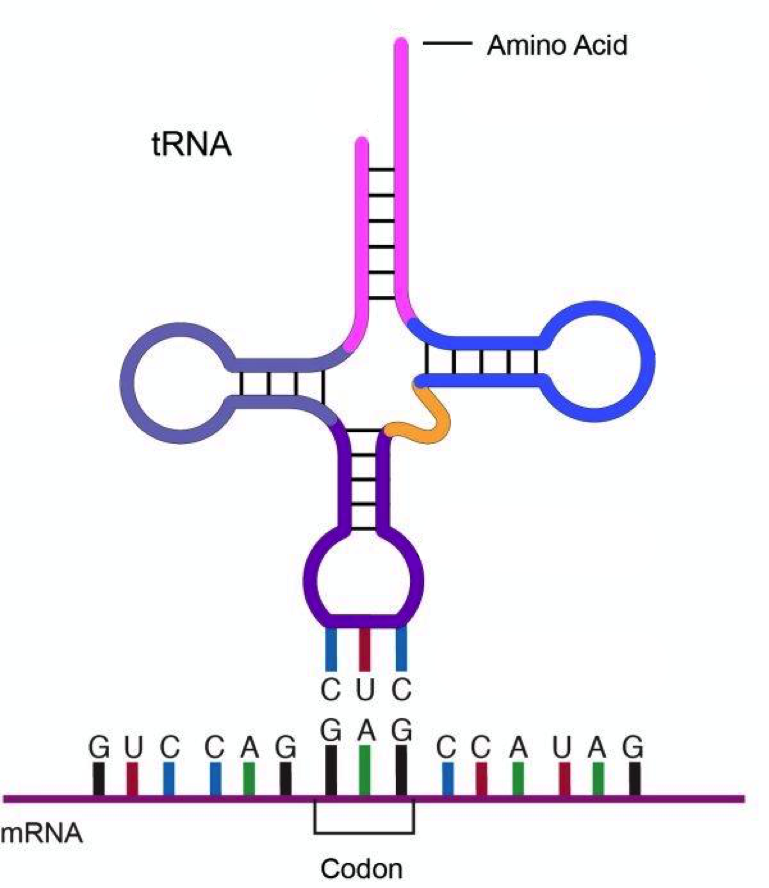Saturation of recognition elements blocks evolution of new tRNA identities
Adélaïde Saint-Léger1, Carla Bello2,3, Pablo D. Dans1,4, Adrian Gabriel Torres1, Eva Maria Novoa1,5,6, Noelia Camacho1, Modesto Orozco1,4,7, Fyodor A. Kondrashov2,3,8 and Lluís Ribas de Pouplana1,8,*
- Author Affiliations
1Institute for Research in Biomedicine (IRB Barcelona), The Barcelona Institute of Science and Technology, Baldiri Reixac 10, 08028 Barcelona, Catalonia, Spain.
2Bioinformatics and Genomics Programme, Centre for Genomic Regulation, Barcelona Institute of Science and Technology, 88 Dr. Aiguader, 08003 Barcelona, Catalonia, Spain.
3Universitat Pompeu Fabra, 08003 Barcelona, Catalonia, Spain.
4Joint BSC-IRB Research Program in Computational Biology, Institute for Research in Biomedicine (IRB Barcelona), Baldiri Reixac 10, 08028 Barcelona, Catalonia, Spain.
5Computer Science and Artificial Intelligence Laboratory, Massachusetts Institute of Technology, 32 Vassar Street, Cambridge, MA 02139, USA.
6Broad Institute of MIT and Harvard, 415 Main Street, Cambridge, MA 02139, USA.
7Departament de Bioquimica i Biologia Molecular, Facultat de Biologia, Universitat de Barcelona, Avgda Diagonal 647, 08028 Barcelona, Catalonia, Spain.
8Catalan Institution for Research and Advanced Studies (ICREA), Passeig Lluis Companys 23, 08010 Barcelona, Catalonia, Spain.
↵*Corresponding author. Email: lluis.ribas@irbbarcelona.org
Science Advances 29 Apr 2016:
Vol. 2, no. 4, e1501860
Abstract
Understanding the principles that led to the current complexity of the genetic code is a central question in evolution. Expansion of the genetic code required the selection of new transfer RNAs (tRNAs) with specific recognition signals that allowed them to be matured, modified, aminoacylated, and processed by the ribosome without compromising the fidelity or efficiency of protein synthesis. We show that saturation of recognition signals blocks the emergence of new tRNA identities and that the rate of nucleotide substitutions in tRNAs is higher in species with fewer tRNA genes. We propose that the growth of the genetic code stalled because a limit was reached in the number of identity elements that can be effectively used in the tRNA structure.
Key words tRNA identities genetic code evolution ADA TtRNA Gly
FREE PDF GRATIS: Science Advances



